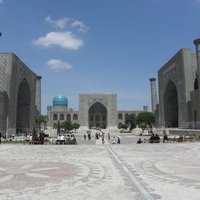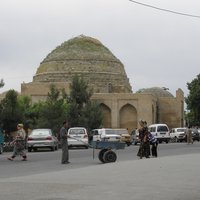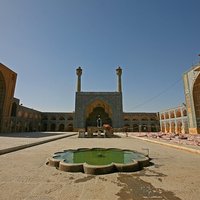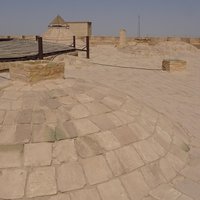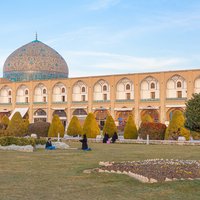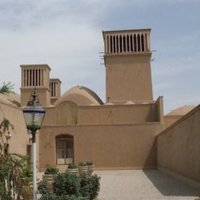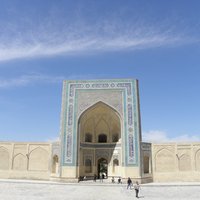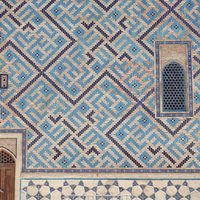Connected Sites
-
The Gur-i Amir, the Bibi Khanum mosque, and the Shah-i Zindeh mausoleum complex (commissioned by Timur himself), plus two important examples of Timurid architecture from the period after Timur: the madrasah and observatory of Ulugh Beg
-
Aq Saray (White Palace)
-
"The architectural spaces and features of the nominated property have integrated influences of the Ilkhānid and Timurid periods" (OUV)
-
one of the decorative styles of different periods that are incorporated
-
Blue (Kaboud) Mosque
-
Examples of caravanserais built under Timurid rule are Qelli and Fakhr-e Davud. (Nomination file, p. 189-190) - Fakhr-e Davud: "there are no inscriptions that show the sponsor or construction date in this property, but the style of construction, especially its lofty Iwans, four-cornered towers and artistic brickwork illustrate Timurid architecture." (Nomination file, p. 241)
-
15th Centruy Timurid Palace (Ali Qapu Palace)
-
Some parts of the Jame Mosque were built by the Timurids. (AB ev)
-
Bukhara's Ulugh Beg Madrasah is built in Timurid style by Ulugh Beg, Timur's grandson
-
"an outstanding achievement in the Timurid architecture" (OUV)

